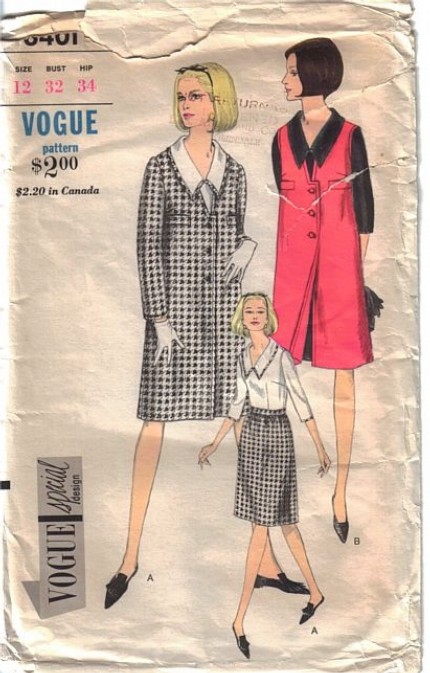VOICEOVER:
Here we see some rare examples of the species Homo Patternenvelopus.
Notice the older specimens are shy, and avoid direct eye contact (a sign of challenge). The young, however, are bolder, unless they venture too far from the mother. They also have not yet developed the distinctive hand coverings of the adults.
Homo Patternenvelopus breeds fissiparously, and the sprats grow to full size slowly. It is not known what triggers their reproduction, or how long it takes. Although, from the number of adult specimens we see with missing limbs, but without nearby sprats, it seems many of the sprats fail to thrive.
While Homo Patternenvelopus tends to congregate in twos and threes, they are not especially social animals, and often seem to treat each other with disdain, as you see here.
Remember that these creatures can be quite dangerous. Keep your hands inside the vehicle at all times. If provoked, their lightning reflexes and razor-sharp teeth can cause serious damage, or even death.
(From Wendy at Pattern Stash, who will be offering a 15% discount to Dress A Day readers beginning today, and continuing through Saturday and Sunday!)

Note the sprat demonstrating the odd gate that makes it hard to track these animals. It’s a survival technique.
LikeLike
I adore that their young are called sprats and I shall be endeavouring to use fissiparously in a sentence this weekend.
LikeLike
I have long suspected that the Homo Patternenvelopus can self-seminate, as there is but rare documentation of their being pictured with males of the species. We do know this: Their ways are not ours.
LikeLike
I’d love to see an intact articulated Patternenvelopus skeleton. If I tried to hold my legs and hands in those positions, I’d need a chiropractor.
LikeLike
Are the young ones always knock-knees with feet splayed inward, or is that just the defensive stance when startled by sketch artists in the wild?
LikeLike
These always crack me up!How do we go about getting our 15% off?
LikeLike
Technically, I have Version B’s haircut, but it never looks like that on me. Darn her.
LikeLike
I really admire you can come up with these crazy little stories. So fun!I only have one problem with all of you who collect “vintage” patterns. It means I’m vintage! At least you all make being “old” acceptable. LOLJust for kicks, how old does a pattern have to be before it is considered vintage?
LikeLike
I think I have to look up that”f” word. Also, the fact that these women are always drawn out of context, no foreground or other objects to compare them to for perspective-it just kills me everytime.
LikeLike
Bravo! This is the best one yet. 🙂
LikeLike
Something is seriously wrong with you….and I like it.
LikeLike
For the 15% discount at Pattern Stash, just put Dressaday in the Note to Seller when you check out, and I’ll refund your discount through PayPal. Have fun shopping!
LikeLike
Packrat – 20 years+ is considered vintage (so I’m vintage too heh). 100+ is considered antique. Those are the general rules, although they’re are different for other things, like cars.
LikeLike
Thanks, Alyssa. I’m *really* vintage.This explains why most of the patterns I own are “vintage”. It seems like just a couple of years ago I was using these patterns. 🙂
LikeLike
Too funny 🙂
LikeLike
Dear Erin,Hi my name is Melissa I am new to Blogging.But not new to sewing! I am a fashion designer and have my own studio/boutique in Melbourne.Vintage patterns and styles just like this filled my childhood imaginings.And here i am today… Stitching awayLovely.Melissa Rose
LikeLike
Hello, Melissa Rose. Nice to have you here!
LikeLike